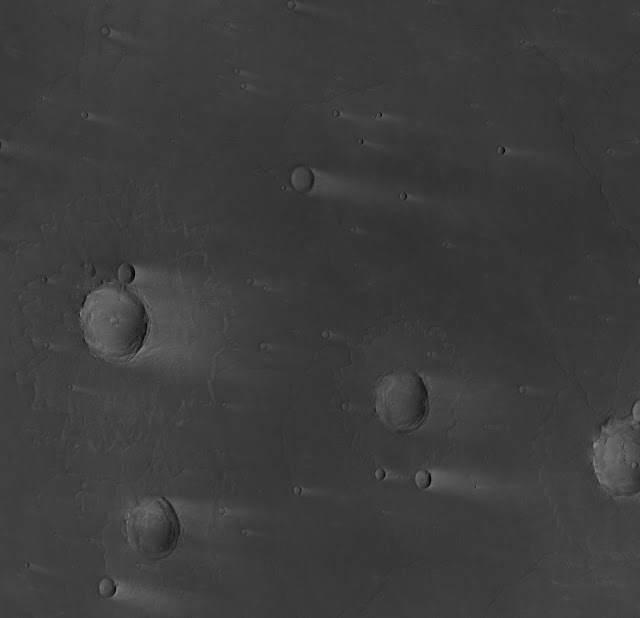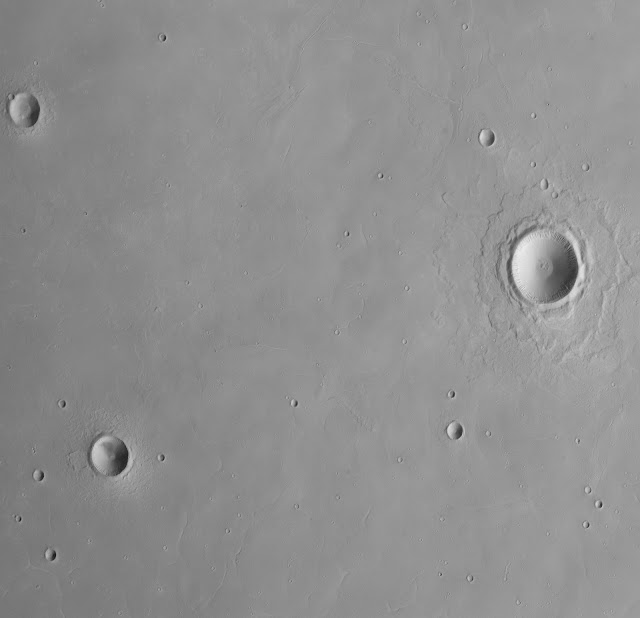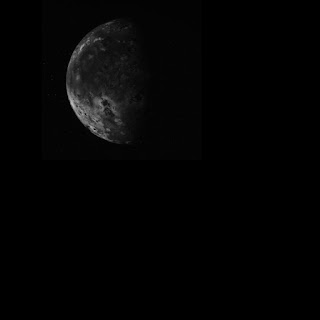TS//RELIDO/UNCLASSIFIED MIX
20240522
ASTEROID (2867) STEINS gif
Mars Perseverance Sol 1156: Right Mastcam-Z Camera stitch
Mars Perseverance Sol 1156: Right Mastcam-Z Camera stitch
NASA's Mars Perseverance rover acquired these images using its Right Mastcam-Z camera. Mastcam-Z is a pair of cameras located high on the rover's mast.
Images acquired on May 21, 2024 (Sol 1156) at the local mean solar time of 12:41:34 to 12:49:06.
Image Credit: NASA/JPL-Caltech/ASU
Assembled by Barley Culiner with Microsoft ICE
Additional editing with GIMP
20240521
Mission: Mars Express
Mission: Mars Express
https://www.esa.int/Science_Exploration/Space_Science/Mars_Express
https://www.sciencedirect.com/science/article/pii/S0032063316304688?via%3Dihub
MARS EXPRESS
| MISSION | INSTRUMENT | PRINCIPAL INVESTIGATOR(S) |
| Mars Express | ASPERA-3 | R. Lundin (Swedish Institute of Space Science, Kiruna, Sweden) |
| HRSC | G. Neukum (Freie Universitaet, Berlin, Germany) | |
| MARSIS | G. Picardi (Universita di Roma 'La Sapienza', Rome, Italy), R. Orosei (IAPS, Rome, Italy) and J. Plaut (JPL, Pasadena, USA) | |
| MRS | M. Paetzold (University of Cologne, Germany) | |
| OMEGA | J.P. Bibring (Institut d'Astrophysique Spatiale, France) | |
| PFS | M. Giuranna (IAPS, Rome, Italy) | |
| SPICAM | F. Montmessin (LATMOS, Paris, France) | |
| VMC | A. Sanchez-Lavega (UPV-EHU, Bilbao, Spain) |
Extracted by Barley Culiner with NASAView
Images animated/joined/stitched not edited or manipulated (not photoshopped) All images are free to use but credit must be given, especially to NASA and ESA
Sol 4190: Right Navigation Camera gif
wind and dust
Sol 4190: Right Navigation Camera gif
Images taken by NAV_RIGHT_B onboard NASA's Mars rover Curiosity on Sol 4190 (2024-05-20T06:11:40.000Z) to (2024-05-20T06:12:06.000Z)
Credits: NASA/JPL-Caltech
Assembled by Barley Culiner with GIMP
20240518
Sol 4187: Mast Camera (Mastcam) stitch
Sol 4187: Mast Camera (Mastcam) stitch
Images taken by MAST_RIGHT onboard NASA's Mars rover Curiosity on Sol 4187 (2024-05-17T03:34:48.000Z) to (2024-05-17T03:37:44.000Z)
Credits: NASA/JPL-Caltech/MSSS
Assembled by Barley Culiner with Microsoft ICE
20240516
Manta Ray
https://www.instagram.com/reel/C8cfLC7Idhe/?igsh=b2F5b2t4bHBicXh1
https://www.darpa.mil/news-events/2024-05-01
https://www.darpa.mil/news-events/2021-02-05a
https://www.darpa.mil/program/manta-ray
Manta Ray
Dr. Kyle Woerner

Unmanned undersea vehicles (UUVs) that operate for extended durations without the need for human-present logistic support or maintenance offer the potential for persistent operations in forward environments. Such systems could allow traditional host vessels increased freedom of operational flexibility while providing traditional servicing ports with relief of workload.
The Manta Ray program seeks to demonstrate critical technologies for a new class of long duration, long range, payload-capable UUVs. If successful, this new class of UUV will give the combatant commander an amplification of capacity without disrupting current operations by remaining independent of manned vessels and ports once deployed.
The Manta Ray program plans to advance key technologies that will benefit future UUV designs, including, but not limited to:
- Novel energy management techniques for UUV operations and undersea energy harvesting techniques at operationally relevant depths;
- Low-power, high efficiency undersea propulsion systems;
- New low-power means of underwater detection and classification of hazards or counter detection threats;
- Mission management approaches for extended durations while accounting for dynamic maritime environments;
- Unique approaches for leveraging existing maritime data sets and exploiting novel maritime parameters for high-efficiency navigation and/or C3; and
- New approaches to mitigate biofouling, corrosion, and other material degradation for long duration missions.
Manta Ray is a multi-phase effort that includes at-sea demonstration of critical technologies. The program is using a disciplined systems engineering approach to define demonstration system objectives and identify enabling technologies needed for future systems.
































.JPG)

.JPG)

.JPG)
.JPG)




.JPG)
.JPG)
.JPG)
















.JPG)



